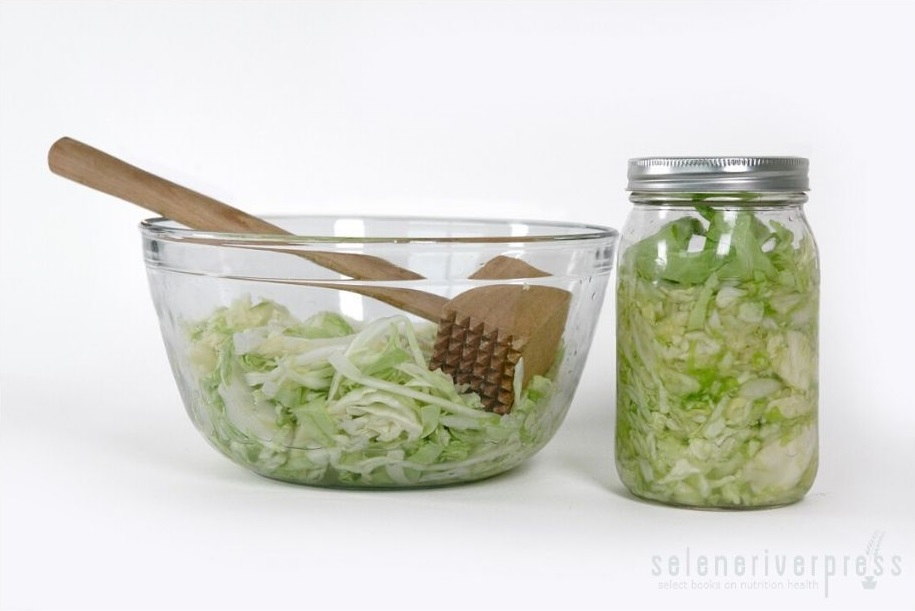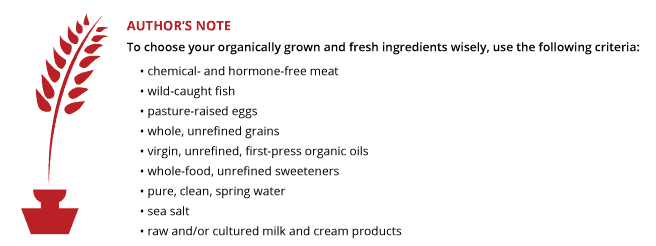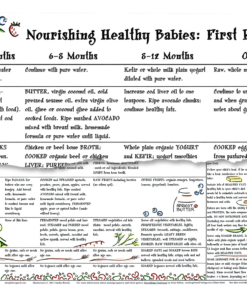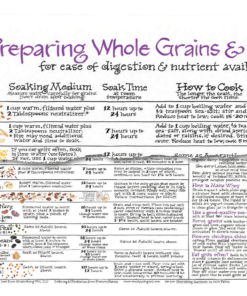Want to stay well—now and always? Eat your sauerkraut!
Whether it is just another day in your neighborhood or you are in the middle of a health crisis, fermented cabbage is “health food extraordinaire.” Yep, the humble cabbage. If you know this already, I would hope that you eat sauerkraut (or some other fermented vegetable) at every meal of the day, or at least with every lunch and dinner.
Hopefully this article will convince you to make your own fermented vegetables—which is very easy to do—or at least buy a jar from the refrigerated section of your grocery store.
Why Sauerkraut?
Affordability. Whether you make it yourself or buy refrigerated jars at the store (cans in the middle on shelves are “dead”), sauerkraut is incredibly inexpensive. Homemade sauerkraut is the cost of an organic cabbage and good salt. Quite a big return on mere pennies per serving.
Bountiful beneficial bacteria. Sauerkraut, like all lacto-fermented foods, are full of beneficial yeasts and bacteria that are so good for you in so many ways. According to Dr. Natasha Campbell-McBride—the originator of the Gut and Psychology Syndrome (GAPS) diet—they are essential.
While we are still discovering what roles these microbes play in the human gut, what we do know is they help with digestion, produce enzymes and cancer-fighting agents, and boost our immune response. Additionally, these beneficial microbes protect the gut wall, break down fiber and lactose, help us absorb nutrients from the food we eat, and produce other nutrients, including some B vitamins and amino acids. Although many kinds of microorganisms can be found in the juice of the kraut, the lactic acid bacteria are the most important.
Packed with vitamin C. Cabbage is high in vitamin C, but the process of fermenting cabbage (or any other vegetable) increases the vitamin C substantially. It does not “grow” vitamin C, but fermentation concentrates it from the raw vegetable into the juices. And it is the whole vitamin C complex, completely bioavailable and easily used by the body—so much better for you than synthetic vitamin C or ascorbic acid. (See Judith DeCava’s Real Truth about Vitamins and Antioxidants for a full understanding of the vitamin C complex.)
Kickstarts your digestion. Your stomach can only digest protein when it has enough hydrochloric acid (HCL). This acts as a firewall to keep pathogens out of the digestive system. When your HCL is too low, pathogens can pass into the digestive system externally (from something you ingest), or they can overgrow internally (think H. Pylori). Instead of taking a supplement to increase the acid in your stomach, try sauerkraut or kraut juice. Eating sauerkraut or drinking the juice from the kraut at the beginning of a meal encourages the production of hydrochloric acid in your stomach. This not only helps you digest your food, but it also keeps out those pesky pathogens and opportunistic parasites.
Provides enzymes. You need enzymes to digest your food, but cooking food destroys enzymes. For this reason, it is a really good idea to eat some enzyme-rich lacto-fermented foods (like sauerkraut) at every meal.
Lots of lactic acid. Lactic acid is produced by lacto-bacilli, the beneficial bacteria responsible for fermentation. This is why they are called “lacto-bacilli.” By feeding and sustaining the intestinal flora, lactic acid creates the proper pH in the gut. This in turn creates a hostile environment for pathogenic and opportunistic bacteria, making it impossible for them to thrive.
And it’s easy! Getting your daily dose of sauerkraut is as easy as putting your fork in a jar of kraut from the store—but it is also nearly as easy to make your own.
If you have never fermented before, sauerkraut is a great place to start. All you need is a medium-sized (about the size of a bocce ball) organic cabbage (any kind will do) and some high-mineral salt to make a quart of kraut. You may use a cannonball-shaped cabbage (the typical green or red variety), savoy or Napa cabbage, or any other cabbage you like. You will also need a knife or mandolin, a wide-mouth quart-size jar with a two-piece lid, a cutting board, and a tablespoon. Here’s a recipe for you:
Sauerkraut
—Makes 1 quart
A note about salt: If you need to cut down on the salt, or simply prefer to use a starter, reduce salt to 1 tablespoon and add 4 tablespoons whey.
A note about histamines: If you react to histamine in food, allow your sauerkraut to ferment for six months to a year or so before eating.
Ingredients
1 medium organic cabbage (any type or combination)
1 tablespoon caraway seeds (optional)
2 tablespoons sea salt
Instructions
- Rinse the cabbage and reserve one or two of the outer leaves. Using a sharp knife or mandolin, chop cabbage very fine. Place in a large stainless-steel bowl. Add remaining ingredients and pound with meat pounder for 10 minutes. (Alternatively, sprinkle the salt on the cabbage. Cover the bowl with a plate or towel, leave on the counter for up to several hours, and then pound or massage it with clean hands.)
- Transfer to a quart-size, wide-mouth ball jar, making sure that all the cabbage is under the brine. If desired, use reserved leaves to push the cabbage under the brine. There should be about two inches of space at the top of the jar to allow for expansion as the cabbage ferments. Seal tightly and leave on counter at room temperature until the lid is taut, about for 3–5 days or longer.
- When you cannot press the lid down with your finger, place the jar in cold storage. Sauerkraut will keep for a few months or so after opened. It gets better with age, so try to wait a month or longer before opening.
Delicious! As if all of these health benefits are not enough, sauerkraut is also a delicious addition to your meal. This health food extraordinaire is inexpensive, easy to make, good for digestion, packed with enzymes and vitamin C complex, and a boost to your immune system. Bon appetit!
Important note: Ferments are powerful foods that can provoke a detoxification reaction if you are not used to eating or drinking them. If they are not a regular part of your diet, start slowly (with a forkful or so) before gradually working your way up to a quarter to a half cup per meal. This may take a few months to achieve.
For more information about lacto-fermentation, including an in-depth look at the role of lacto-ferments in healing a leaky gut, please see my book The Complete Cooking Techniques for the GAPS Diet.
Image from Monica Corrado.




